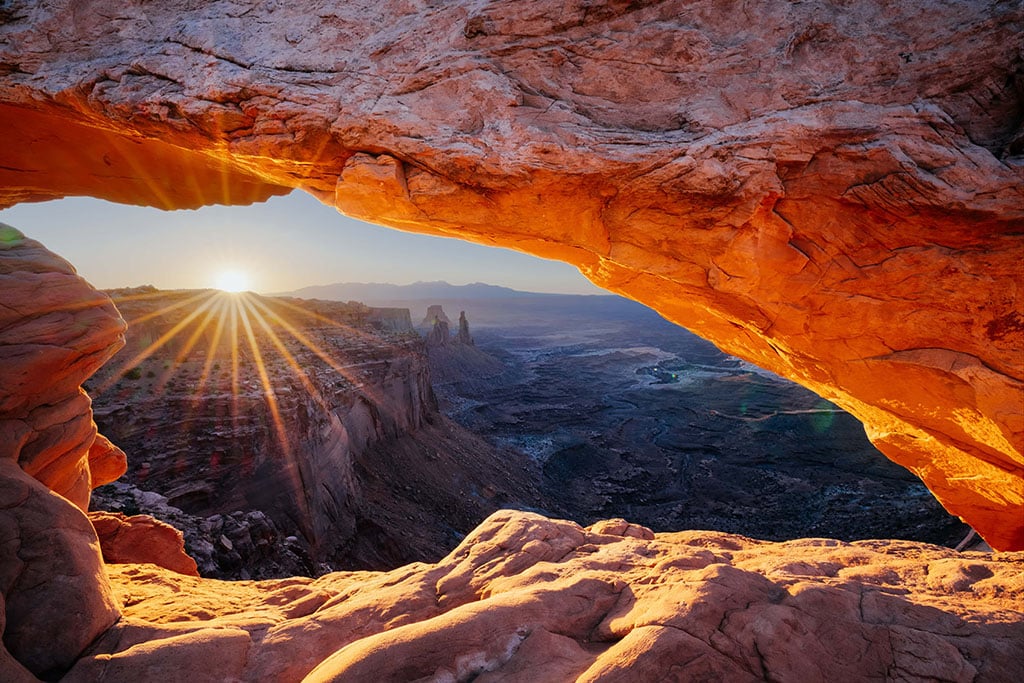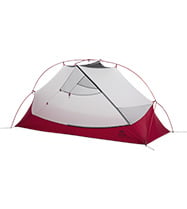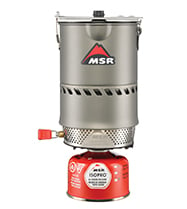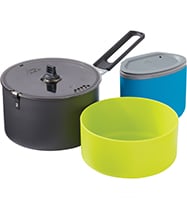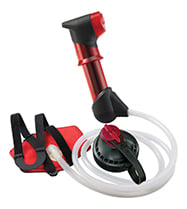Cycling Around the World: Lessons from Living a Nomad Life
Oscar Wilde said, “If you want to be a grocer, or a general, or a politician, or a judge, you will invariably become it; that is your punishment.”
Long before living a nomad life, I had wanted to be a software engineer. But when I became one, it felt like a punishment. It is not to say that a Ph.D. in computer science and a software development career in Germany were not dreams that came true. But those dreams were no longer mine.
Now, I have no career, permanent address, fixed phone number, bank balance, spouse or kids. Everything I own fits inside my bicycle panniers. Every day is a new adventure. Despite all the uncertainties and difficulties I face on the road, I find a new home, a new family and a new story every day.
Here is the story of my nomad bicycle life.
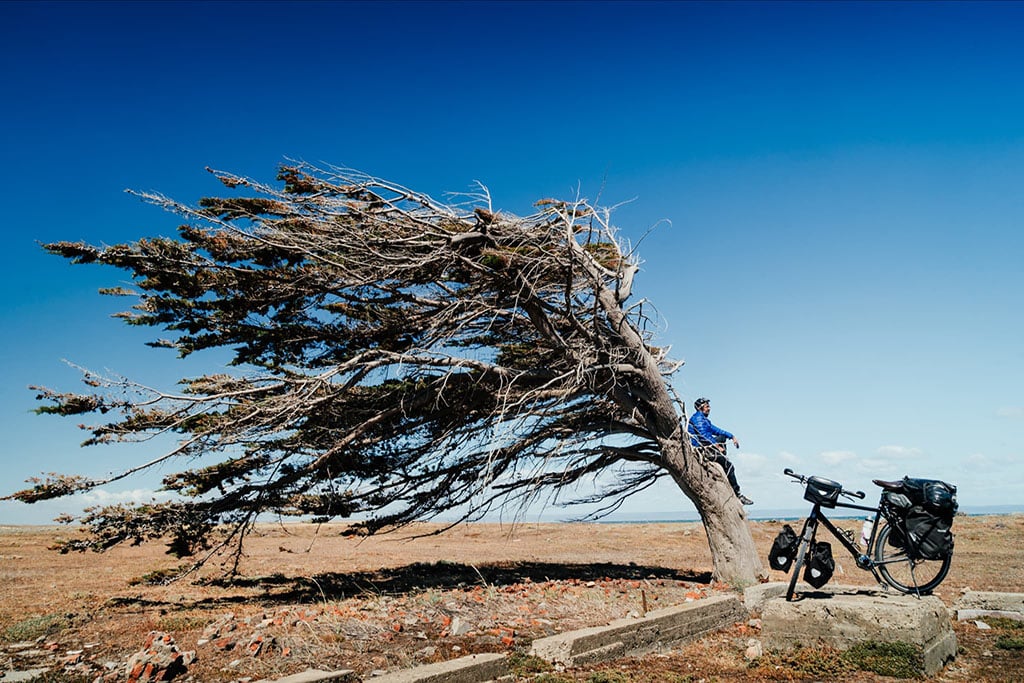
Bicycle Travel Around the World
I have been on the road for the past six years. I have cycled 50,000 km in 43 countries so far. My last cycling trip was a 33,000 km ride from the tip of Argentina to Alaska that took me about four years.
I was born and raised in Pakistan. My first bicycle trip was a 52 km ride to a nearby town carrying two friends on the bike when I was only 12. After that, I did a few more one- to two-day bicycle trips to other cities. I would get beaten up by my family whenever they came to know about my cycling adventures. They wanted me to focus on my studies only.
Later I moved to Germany, where I received a Ph.D. degree in computer science and worked as a software engineer. I had a dream to cycle from Germany to Pakistan, for which I had to wait for a decade. In the end, I had to quit my job to be able to start the trip. I bought a bicycle and hit the road. Little did I know where my travels would take me. Little did I know that I would be away for so long.

Why Bicycle Touring?
Long-distance cycling is a unique way of seeing the world. You are not only visiting hotspots but also experiencing everything in between. It slows you down so you can reflect on each encounter. It often puts you in vulnerable situations which leads you to discover kindness in strangers.
On a bicycle, you feel the wind, experience the gradient and surface of the road and have an unobstructed view from the saddle while fully exposed to the elements of the environment. In short, you immerse yourself in nature.
You have to earn every mile. Every section of the road is either pain or joy, and you will remember it forever. You travel at a pace where you can wave at people and respond to their greetings and questions. Since you cannot cover very long distances in a day, you often have to find food, water and a safe place to sleep in between cities. You have to approach strangers. That allows you to experience their way of life and collect stories and lessons along the way.
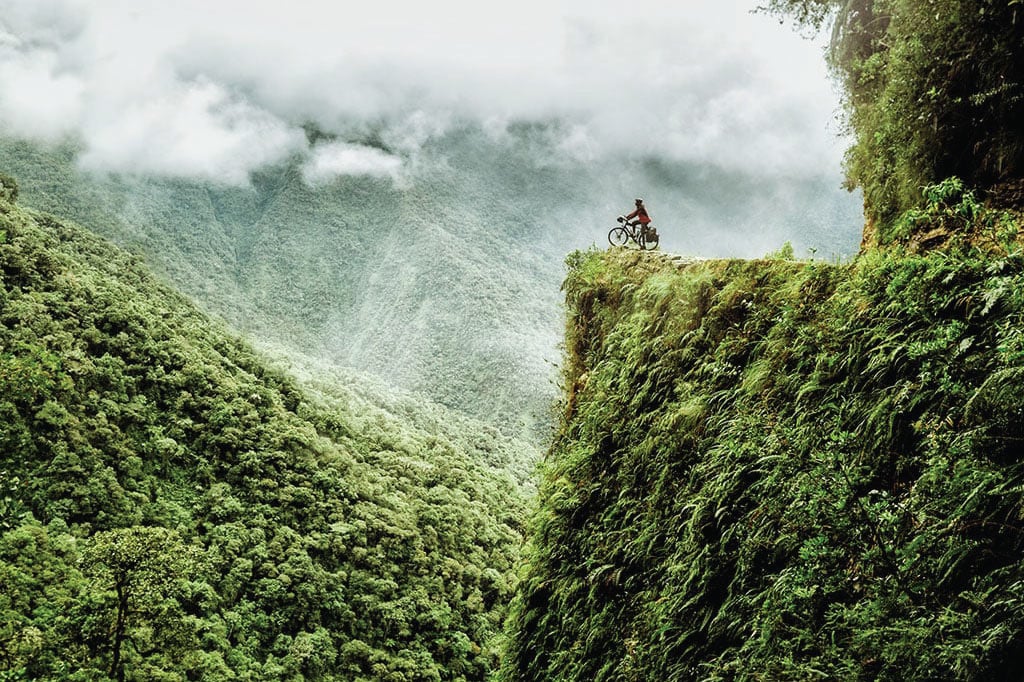
What is a Nomad / Nomad Life?
Nomadism is a simple way of life characterized by frequent relocation.
For nomads, mobility is a crucial part of their personality. Possessions weigh them down, tethering them physically and symbolically. Thus, they give up attachment to their belongings to gain flexibility and fluidity of movement. Their life is not about accumulating things but experiencing freedom.
In short, nomadism is an artistic way of living. And it is deeply rooted in our evolution.
Humans evolved as nomads. Our ancestors were always on the move while foraging for food. The unpredictability of their surroundings played a massive role in their evolution. However, once they started growing crops, they built permanent shelters and settled down in one place. As a result, they faced fewer threats than being out in the wilderness. Nowadays there is no environmental pressure on humans residing in urban environments to evolve. The survival instincts that helped us survive for such a long time don’t get tested very often. The world has changed since the agricultural revolution occurred 10,000 years ago, but our evolutionary behaviour and needs haven’t.
Today, deep down, our nomad souls still yearn to be at unfamiliar places. We long to be vulnerable because we thrive in the face of danger. It is not our home but the wild environment where our genetic profiles optimally fit.
So, some leave the comfort of home and the financial security of the jobs and instead choose uncertainty. Becoming nomads is like a homecoming to the ancient way of life.
In Sufism, members of the Dervish order go on a mystical journey to achieve spiritual awakening. They begin their search by wandering for years. They don’t tie themselves to an abode, a country or a strict religious code. Their journey is about seeking the truth.
I may be a cycling nomad or a dervish. Maybe, I will never find anything and life will remain a mystery, but that’s alright. After all, nomadism is all about being on the journey rather than arriving at one place!
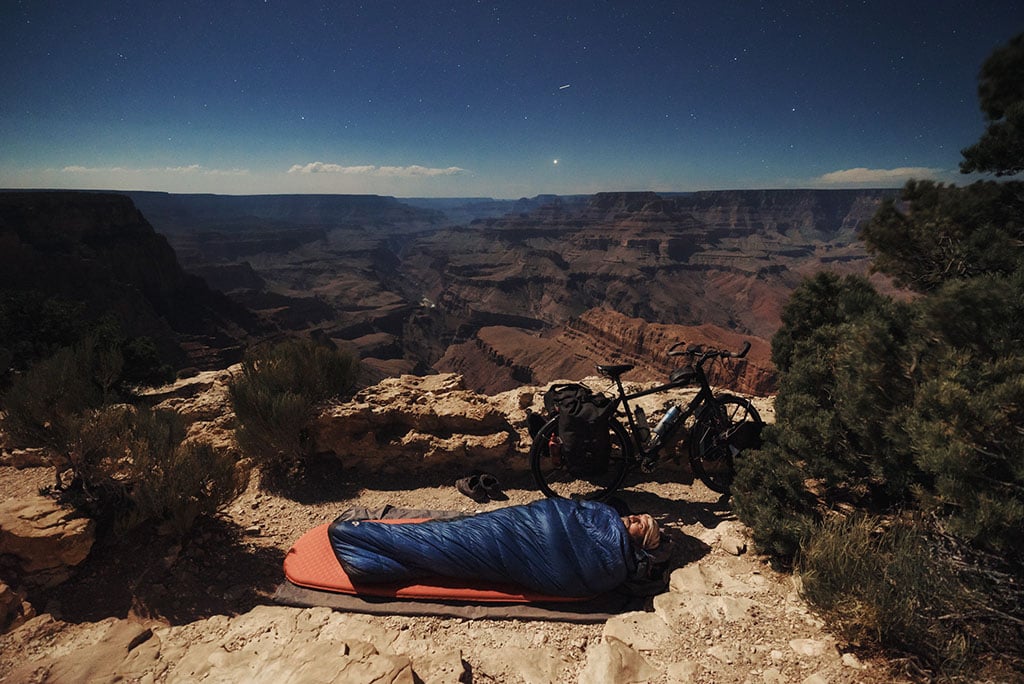
“Slow Down, Kamran”
When I began my bicycle journey from Germany to Pakistan, I covered great distances every day because I was desperate for the destination. I was always chasing the horizon and not being present in the moment.
Halfway through, in Iran, I met a retired French man named Thiery who had begun his journey from France. We had covered approximately the same distance on our trips, but he had taken three years in comparison to my three months. His excuse?
“I am walking!”
We shared the room in a cheap hotel in Marand City that night and had a deep conversation. His last words before I fell asleep were, “Slow down, Kamran. You are going too fast!”
It was a fresh start for me from there onwards. Instead of just staring at the road all the time, I would look right and left, wave at people and frequently stop for taking photos. As time went by, the wisdom of his words started to unfold one beautiful moment after the other.
If you were to ask me the biggest gain of slowing down, I would say that it’s not only the beauty of nature but also human kindness. I experienced that because I took the time to meet people that make this world a beautiful place. And by slowing down, I got to know myself better.
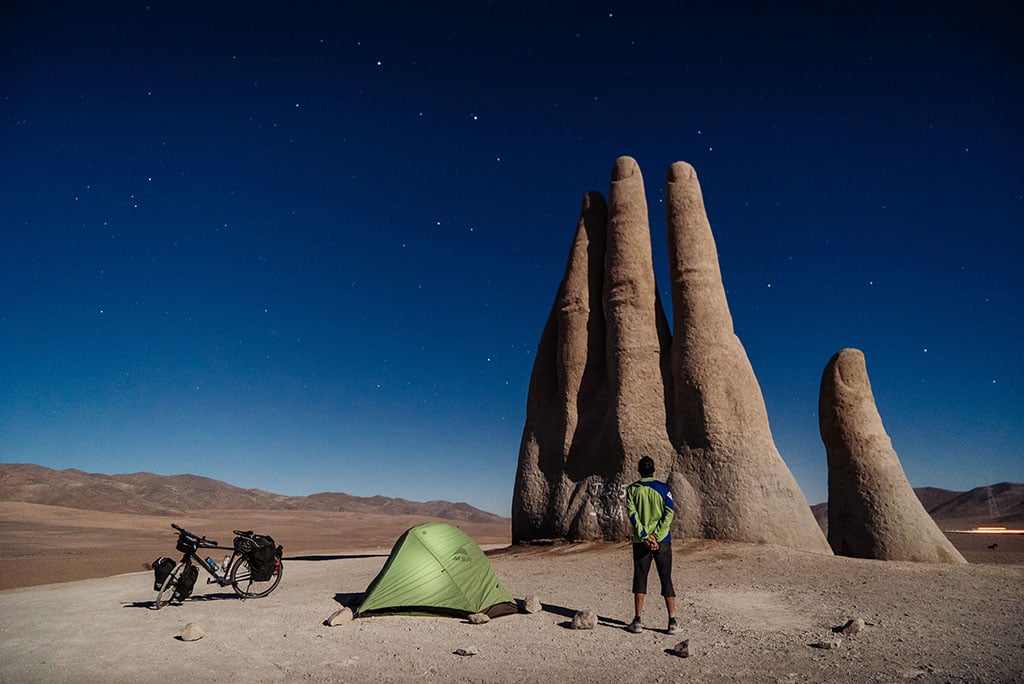
3 Lessons from Peru
In Peru, a spiritual guy gave me three pieces of advice:
1) When your heart is full of love, all the doors will open for you.
Genuine curiosity, love, and respect for others always shine through. When others can notice these characteristics in you, they are going to trust you. You will no longer have to explain yourself to them, and good things will happen.
2) Have wishes but no expectations.
You cannot always get what you wish. Do your best but remember having expectations leads to disappointment and bitterness towards others. Think of your wishes like prayers. More often than not, they will not come true.
3) Instead of thinking about yourself all the time, see what you can do for others.
You can imagine, over 50,000 km in 43 countries on four continents, how many times I found myself in a vulnerable or asking position. But help came my way. These lessons were a beacon for my interactions with strangers I met on the road.
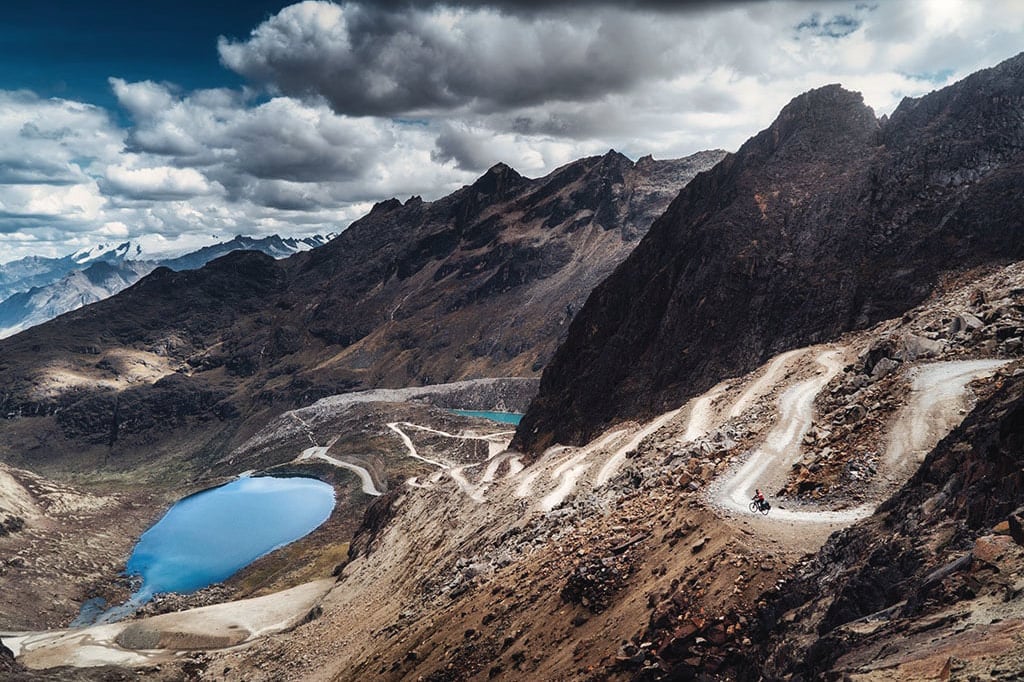
Camping at Karakoram Highway
There have been many scary moments on my cycling trips. Probably the scariest one was when I was camping along the Karakoram Highway in China, near the Pakistan border back in 2015. I pitched my MSR Hubba Hubba™ 1P tent in a tight place surrounded by tall cliffs from three sides. At night, the rain came with a strong wind and triggered rocks. One small piece of rock fell on my tent and made a sharp ping sound. I hurried and moved the tent to a safer location close to the road in the pouring rain. The storm kept shaking the tent all night long. At times, I had to sit and support the tent with my hands.
In the morning, I went to check out the previous campsite. I couldn’t believe my eyes when I saw big rocks scattered on the exact spot where I had originally set up the tent.
I buried my face in my hands and then took a deep breath as I looked up in the sky. After that, I rode off from that place with great humility and gratitude.
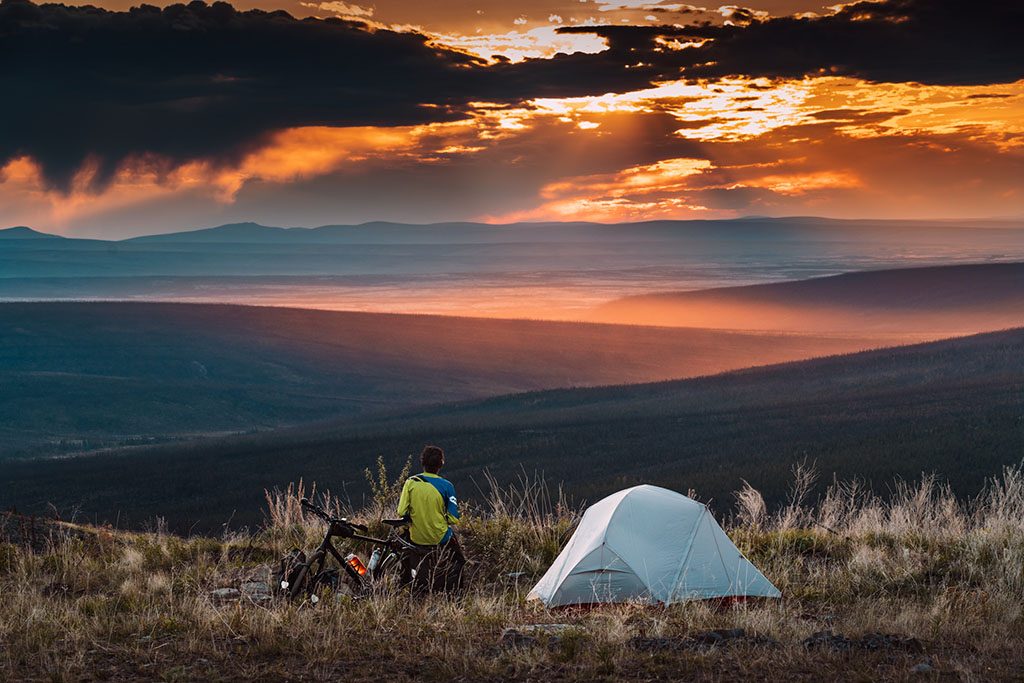
Encountering a Ghost at Mesa Arch
While cycling through the Canyonlands National Park in the US, I encountered a supernatural being. It was still dark at 4:00 am when I reached the Mesa Arch for sunrise photography. I started shooting the Milky Way and soon heard the thud of a rock hitting the ground behind me. It happened a few times again, but I couldn’t spot anyone.
Suddenly I heard an eerie yell: “OYEE!” A current ran through my body. I turned around and spotted a white human-like figure next to a giant boulder. The moment my headlamp light bounced off it, the ghost slipped behind the rock, but only partially. I could observe the lower part of the figure for a few seconds. After that, it disappeared behind the rock. I left the camera on the ground and scrambled to the scene, but there was nothing, only rocks and shrubs. I couldn’t see or hear anyone fleeing either.
For the next hour, I couldn’t take pictures. I just sat down with my headlamp turned on. My hands clasped the camera and the tripod as if they were my weapons for self-defense.
Just before the sunrise, two photographers arrived at the scene. I told them everything. First, they didn’t believe me but then said, “Maybe it was the spirit of an American Indian.”
When the sun rose above the horizon, I witnessed the most amazing sunrise ever. The bottom of the arch glowed red in the morning light as if it was on fire.
Completing this journey despite running out of funds within the first two months into the trip, taking a few nasty falls and carrying multiple injuries, has been nothing short of a miracle.
8 Expert Tips for Biking Around the World
- Start small. You don’t have to quit your career and apartment for your first bicycle adventure. In the beginning, do some weekend bicycle travels to the nearby cities. See how much distance you can cover in a day. What gear do you need? Experiment with and then decide between light and fully-loaded touring.
- Find the right size and type of bicycle for you and the environment you’ll be riding in. Road, hybrid, mountain or fat bike?
- While planning the route for your bicycle tour, do some research about the road conditions, elevation profiles, the distance between towns, availability of food and water along the way, safety and the climate.
- Read the history of the places and people you are going to visit.
- Learn how to repair your bicycle and carry the tools and spare parts.
- For international travels, check the visa requirements before leaving on tour. If possible, get all the visas from your home country.
- Plan, but don’t over plan your trip to the exact number of kilometres/miles and days. Leave room for the route changes, and take some time off from the saddle to explore places and recuperate.
- When on tour, don’t push too hard. Instead of clocking distance day after day and chasing milestones, take a moment to experience life around you. Smell the roses. Look right and left, wave at people and make frequent stops to have a chat with them, take photos, and exchange stories and gifts. As you slow down, new perspectives and details will emerge, and you will begin to see the world with different eyes.
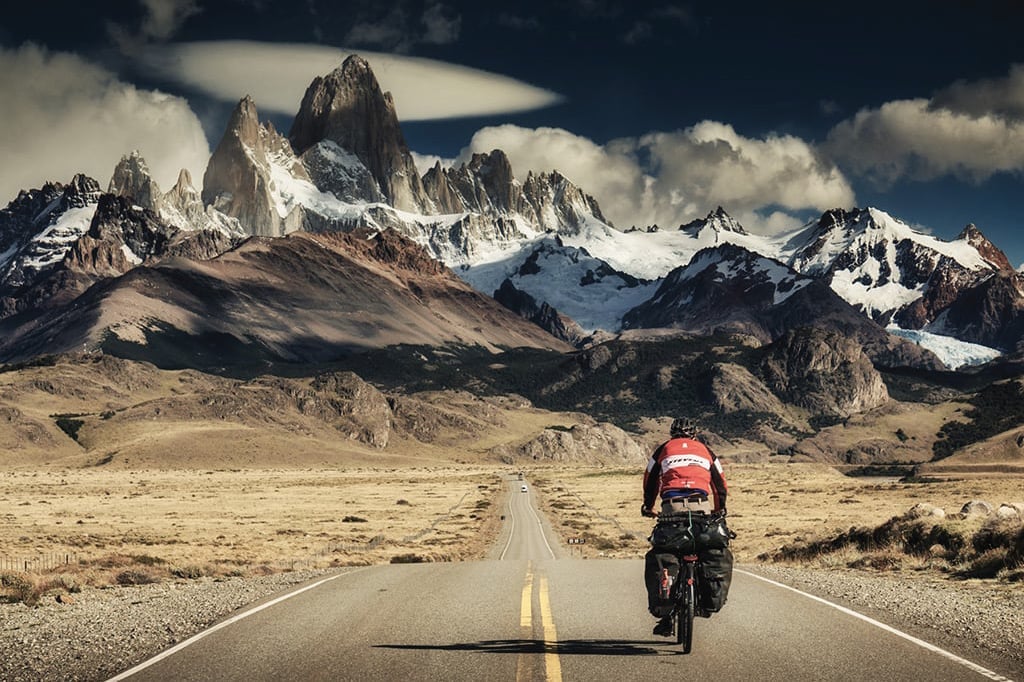
How to Fund Your Nomad Life
- Save money before starting the trip
- Apply for sponsorships and gear partnership
- Online freelance work (graphic and website design, writing articles, etc.)
- Work to stay for free or cheaper at hotels and hostels
- Give talks (paid/donations)
- Open an online merch shop (with T-shirt designs, on-demand photo prints, etc.)
- Sell postcards
- Sell stock images and videos
- Youtube® video monetization
- Patreon (offer tier-based paid subscriptions to your fans)
- Crowdfunding
- Publish a book of your travels
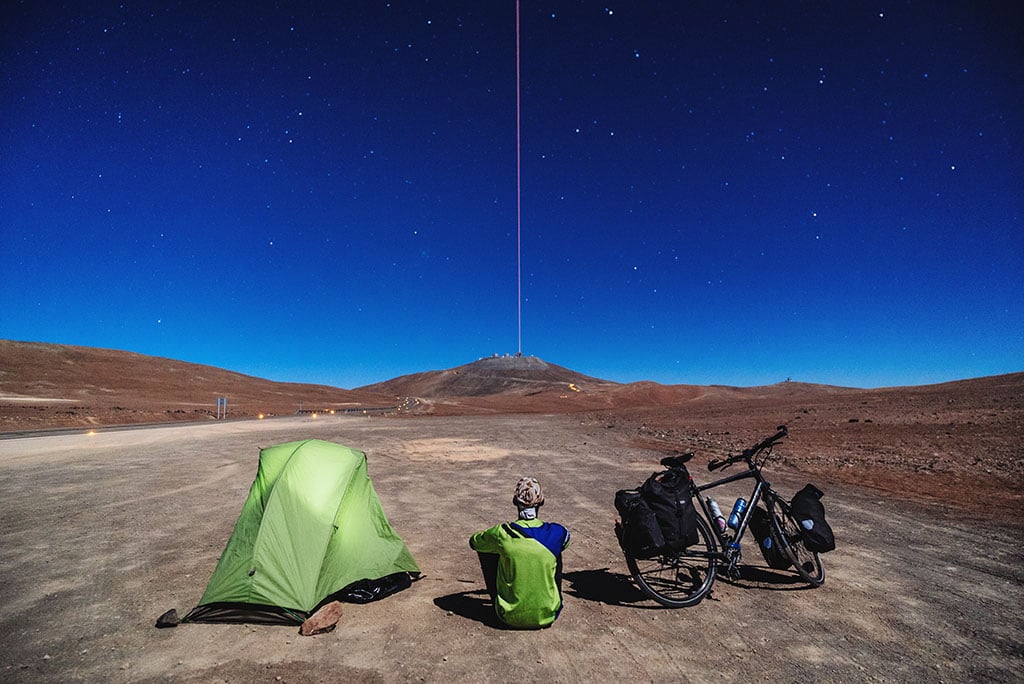
Gear List for a Multi-Year Bicycle Trip
Every ounce of weight matters on a long-distance bicycle journey as you have to haul it for thousands of kilometres on all sorts of terrain. But you also deserve comfort after long rides. As I camp a lot on tours, I prefer a two-person tent over a one-person tent. It’s more comfortable inside, and I can also bring all my gear inside the tent.
Here is some of the selected gear from my last four-year trip from Argentina to Alaska.
- Bicycle
- Stevens P18 2016 bicycle with Pinion P18 Hub and a Gates Carbon Drive belt
- Camping gear
- MSR Hubba Hubba (using since 2018. Switched from MSR Hubba 1P tent, 2015-2018)
- Therm-A-Rest Prolite Plus air mattress
- Down sleeping bag & silk liner
- Cooking gear
- Photography & Electronics
- Sony Alpha 7RIII with three lenses (16-35mm, 24-70mm, 70-200mm)
- DJI Drone
- MacBook Pro 16
- 10 TB external storage (1 SSD, 2x HDD)
- Tripod
- Power bank
- Clothes
- Padded underwear and shorts
- Cycling shirt long-sleeve
- 2x t-shirts
- 2x trousers
- 1 x hardshell pants
- 1 x hardshell jacket
- 1x softshell cycling jersey
- 1x down jacket
- Trail running shoes for both cycling and hiking
- 3x pairs of socks
- Accessories
- Headlamp
- Audio player and headphones
- Sunglasses
- Spare Parts
- Puncture repair kit
- Spare parts for bicycle
- Tools
Depending upon the distance to the next town or grocery shop, I stock up on food and water. In the morning, I cook instant oats and load them up with nuts and raisins. During the day, I snack on fruits, energy bars, or baked items. In the evening, I heat canned beans, lentils and pre-cooked rice and bread.
For electronics, I carry a bunch of spare batteries and a 32,000 mAH power bank, which enables me to charge electronic devices for a week or longer.
Related Posts:
- The Carretera Austral by Bicycle: A Wild Ride through Chilean Patagonia
- Bikepacking Death Valley: A Loose How-To Guide
- Tips for Weekend Bike Touring + 2 Recipes
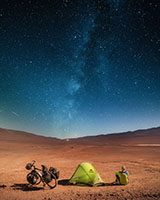 Author Bio
Author Bio
Kamran Ali, aka @KamranOnBike, is a photographer who has been cycling around the world for the last six years. So far, he has pedaled 50,000 km across 43 countries on four continents. Kamran has a Ph.D. in computer science. In 2015, he quit his software development job in Germany and cycled 10,000 km from Germany to his home country, Pakistan. After that, he began a 33,000 km bicycle trip from the tip of South America in Argentina to Alaska that took him four years to finish.
He publishes detailed accounts of his travels on his website, Instagram, and Facebook.
Updated. Originally Published December 3, 2021.

